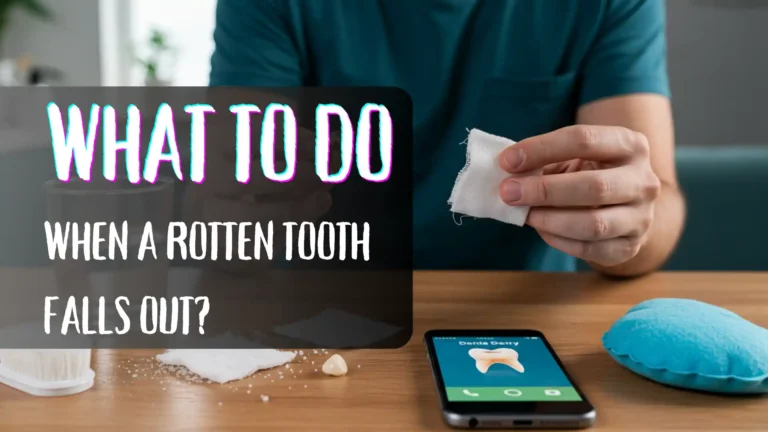After running FastQC on your sequencing data, you might wonder what to do after FastQC results appear on your screen. Like planning activities for a vacation in what to do in Kennebunkport or exploring nature trails when deciding what to do in North Conway, the next steps require thoughtful consideration. FastQC provides crucial information about your sequence quality, but it’s just the beginning of your analysis journey. Understanding these results helps you determine whether trimming is needed, similar to knowing what to do with leftover leaves and stems in cooking – nothing should go to waste!
This guide walks you through the essential post-FastQC steps to ensure your sequencing analysis proceeds successfully.
Understanding Your FastQC Reports
Before deciding what to do after FastQC, you need to properly interpret your results. FastQC generates reports containing multiple modules that evaluate different aspects of your sequence data.
Key sections to examine when figuring out what to do after FastQC include:
- Basic Statistics: Provides an overview of your file, including sequence count and GC content
- Per Base Sequence Quality: Shows quality scores across all bases at each position
- Per Sequence Quality Scores: Displays how many sequences have average quality scores
- Per Base Sequence Content: Shows proportion of each base by position
- Adapter Content: Indicates presence of adapter sequences that should be removed
- Overrepresented Sequences: Identifies sequences appearing more frequently than expected
Pay special attention to any sections marked with red X’s or yellow warning signs, as these will inform what to do after FastQC analysis is complete.
Addressing FastQC Quality Warnings: Practical Solutions After Detection
When your FastQC report highlights problems, the first step in what to do after FastQC is to determine which issues need addressing. Not every warning requires action – some are expected depending on your library type.
Common issues that dictate what to do after FastQC include:
- Low quality scores at read ends: Typical in Illumina sequencing
- Adapter contamination: Shows up as rising lines in the adapter content chart
- Overrepresented sequences: May indicate contamination or biological features
- Abnormal GC content: Could suggest contamination or bias
Identifying these problems helps determine what to do after FastQC to clean your data properly.
Trimming and Filtering: First Steps After FastQC
For many researchers, the first answer to “what to do after FastQC?” is trimming and filtering. These processes remove poor-quality bases and unwanted sequences.
Popular tools for what to do after FastQC quality checks include:
- Trimmomatic: Handles adapter removal and quality trimming
- Cutadapt: Specializes in finding and removing adapter sequences
- BBDuk: Offers comprehensive filtering options
- fastp: Provides fast all-in-one preprocessing
When deciding what to do after FastQC reveals adapter contamination, be sure to use the correct adapter sequences for your library preparation method.
Clean FastQC Reports: What to Do After FastQC Shows Minimal Issues
If your FastQC results show mostly green checks, you might wonder what to do after FastQC without needing extensive cleaning. In these cases, you might be proceeding directly to alignment or assembly.
However, even with good quality data, light trimming might still improve your results. Consider the following, even with clean-looking data:
- Trim the last few bases if quality drops slightly
- Remove any detected adapters even if percentages are low
- Filter out reads below a certain length or quality threshold
These minor adjustments can improve downstream analysis even when deciding what to do after FastQC shows generally good quality.
Alignment: The Natural Step After FastQC
Once you’ve addressed quality issues, the next step in FastQC is typically alignment to a reference genome or transcriptome.
Your choice of alignment tool depends on your data type, which influences what to do after FastQC:
- BWA or Bowtie2: Ideal for DNA-seq data
- STAR or HISAT2: Designed for RNA-seq data
- Minimap2: Appropriate for long reads when considering what to do after FastQC for Nanopore or PacBio data
Be sure to index your reference genome before alignment, an important part of the FastQC preprocessing steps.
RNA-Seq Specific Workflow: Critical Steps After FastQC Analysis
RNA-Seq data requires specific considerations when determining its use through FastQC. The typical workflow for FastQC with RNA-seq includes:
- Adapter and quality trimming
- Removing ribosomal RNA reads (if not depleted during library prep)
- Aligning to a transcriptome or genome with splice-aware aligners
- Quantifying expression at gene or transcript level
Special attention to splice junctions is critical when planning what to do after FastQC for RNA-seq experiments.
DNA-Seq Quality Management: Essential Actions After FastQC Evaluation
For DNA sequencing, FastQC follows a different path. Your FastQC workflow might include:
- Quality and adapter trimming
- Alignment to reference genome
- Marking or removing duplicates
- Base quality score recalibration (for variant calling)
- Variant calling or other specific analyses
These steps represent the standard approach to what to do after FastQC for DNA sequencing projects.
Checking Your Progress: Running FastQC Again
An important but often overlooked step is to run FastQC again on your processed data. This second quality check confirms whether your cleaning steps were effective.
When considering what you should do after FastQC identifies problems:
- Run your trimming and filtering
- Run FastQC again on the processed files
- Compare before and after reports to ensure issues were resolved
This verification is an essential part of what to do after FastQC initial analysis.
Common Problems Found by FastQC and Their Solutions
Here are specific issues and what to do after FastQC identifies them:
Problem: Per base sequence quality drops at read ends
Solution: Use Trimmomatic’s SLIDINGWINDOW or similar trimming approach
Problem: Adapter content detected
Solution: Remove adapters with Cutadapt or Trimmomatic using correct adapter sequences
Problem: Overrepresented sequences
Solution: Identify sequences with BLAST, then filter if they’re unwanted contaminants
Problem: Duplication levels are high
Solution: Determine if biological or technical duplicates; mark duplicates with Picard if needed
Problem: Per base sequence content shows bias in first positions
Solution: May be normal for some protocols; consider trimming first few bases if causing problems
Understanding these specific remedies helps clarify what you should do after FastQC identifies various quality concerns.
Final Steps in Your Post-FastQC Workflow
After addressing quality issues, running alignment, and verifying your results, the final steps in what to do after FastQC depend on your research question:
- For variant calling: proceed with variant detection tools like GATK or FreeBayes
- For RNA-seq: conduct differential expression analysis with DESeq2 or edgeR
- For ChIP-seq: identify peaks with MACS2
- For genome assembly: use your cleaned reads with assembly software
Whatever your research goal, knowing what to do is critical for generating reliable results.
Remember that while this guide generalizes FastQC, every project is unique. You may need to adjust your approach based on specific data characteristics and research goals.
If you’re interested in other biological workflows, you might find our guide on what to do with leftover leaves and stems helpful for sustainable approaches to plant material.
By following these guidelines, you’ll be well-equipped to process your sequencing data effectively and move confidently to the analytical phases of your research.
References:
- SEQ ANSWERS FORUM
- FastQC Tutorial








2 Comments